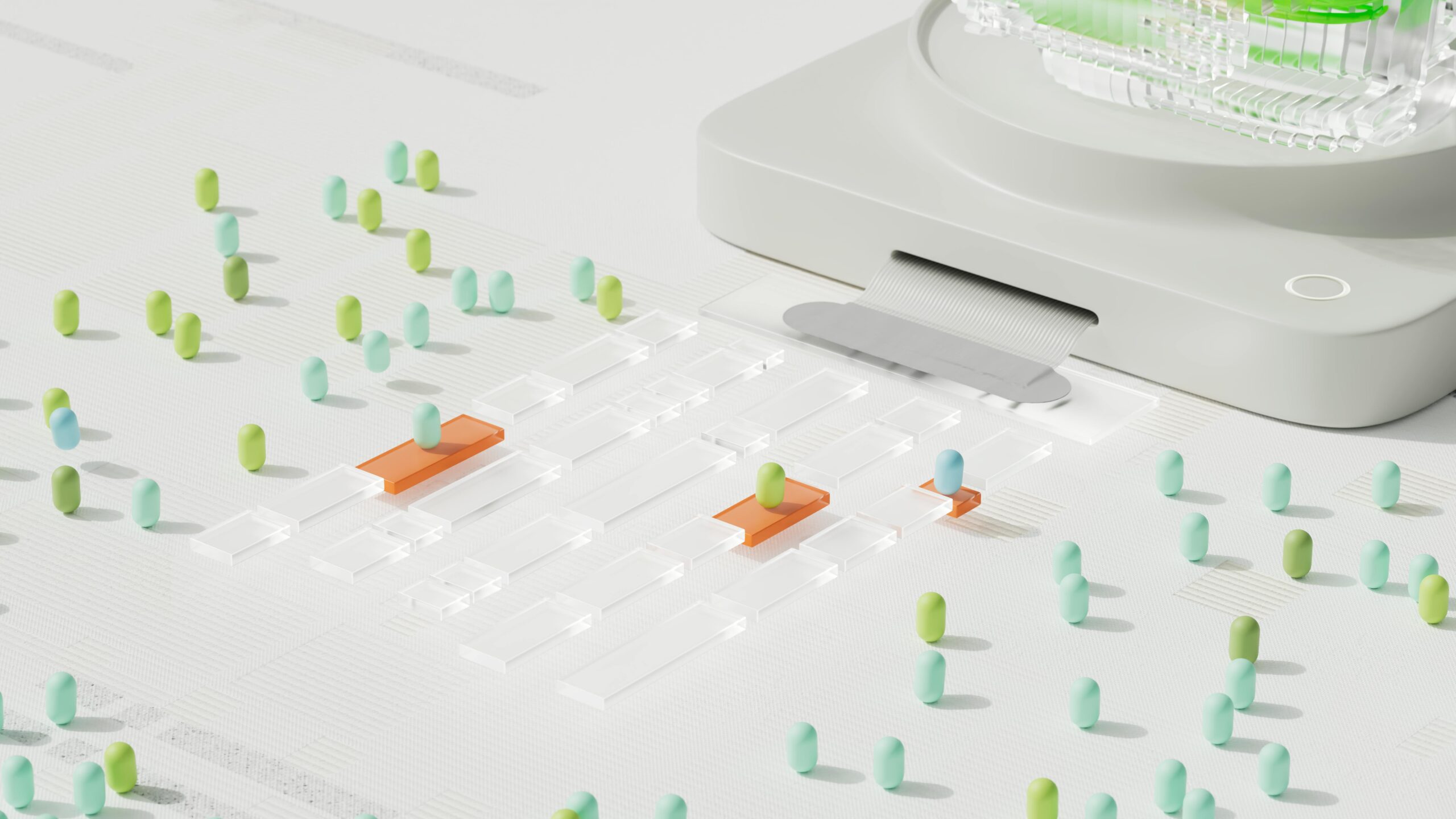As artificial intelligence (AI) continues to advance, a new paradigm in software is emerging: Agent as a Service (AaaS). This concept blends the power of autonomous AI agents with the flexibility and scalability of cloud-based service delivery, promising to transform industries ranging from customer service to healthcare. But AaaS isn’t just another iteration of the...
Author: Martin Treiber
OpenAI API Announcements
OpenAI recently announced a series of updates to their API offerings, aimed at enhancing the developer experience and making AI more accessible across various industries. The updates focus on multimodality, cost-efficiency, and improved workflows, giving developers more flexibility and control over building advanced AI applications. Key Themes: 1.Multimodality: OpenAI is driving towards enabling multimodal AI...
Unlocking Advanced Voice Mode in the EU: A Step-by-Step Guide
Voice conversations with ChatGPT allow for natural, spoken interactions, enhancing the user experience beyond simple text input. Advanced Voice Mode takes this further by leveraging GPT-4o’s audio capabilities for more lifelike conversations. However, due to regional restrictions, users in the European Union, the UK, Switzerland, Iceland, Norway, and Liechtenstein cannot access Advanced Voice Mode directly....
How Citizen Developers Are Transforming IT Departments
Citizen development empowers employees who are not IT-trained to become software developers. They use NoCode/LowCode (LCNC) platforms that allow them to create business applications. This method of software development allows employees to become citizen developers, despite not having a formal education. In this context, AI tools like Cursor and Replit have emerged as pivotal resources...
Is AI eating software?
The phrase “AI is eating software” refers to how AI systems are rapidly transforming or even replacing traditional software development and operational processes. This concept mirrors Marc Andreessen’s famous quote from 2011, “software is eating the world,” in which he pointed out how software was becoming central to virtually every industry. Now, AI is beginning...
Klarna’s Bold Move: What It Means for the Future of SaaS in the Enterprise
In a bold move, Klarna recently announced they are moving away from using well-established SaaS platforms like Salesforce and Workday. Instead, they are relying on an internal AI-driven solution to replicate — and, in some cases, surpass — decades of customization and workflow automation offered by these industry giants. This shift raises a critical question...
Top Prompting Strategies Unveiled by Anthropic Experts
Prompt engineering is the bridge between human intention and AI output, and its impact on industries from healthcare to research is profound. As AI systems become more powerful, the ability to craft precise, effective prompts has emerged as a key skill in making these systems work for us. Anthropic’s prompt engineering experts have spent years...
What is the difference between prediction and recommendation?
Machine learning encompasses a range of techniques and methodologies designed to analyze data and make informed decisions. Two fundamental tasks within this field are prediction and recommendation. Understanding the distinction between these tasks is essential for effectively applying machine learning technologies across various domains. This article delves into the definitions, theoretical backgrounds, applications, ethical considerations,...
AI Simulates Classic DOOM
Imagine a world where you could play DOOM—yes, the iconic 1993 first-person shooter—powered not by a traditional game engine but by a neural network. Thanks to a groundbreaking new AI system called GameNGen, developed by researchers at Google Research, Google DeepMind, and Tel Aviv University, this is no longer a futuristic dream but a reality....
What is preference-driven refinement prompting?
Preference-driven refinement prompting is a technique used in AI prompt engineering to tailor the outputs of language models according to specific user preferences. This process involves iteratively refining prompts based on user feedback to achieve desired results. Here’s how it works: Initial Prompt Creation: Start with a basic prompt that outlines what you want the...









